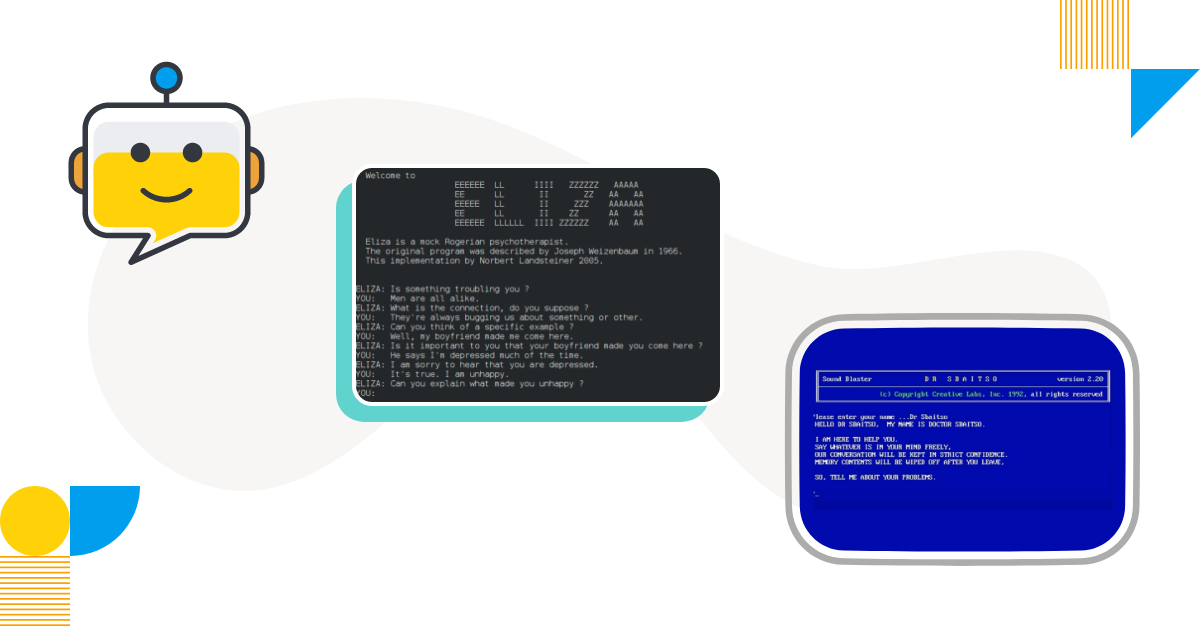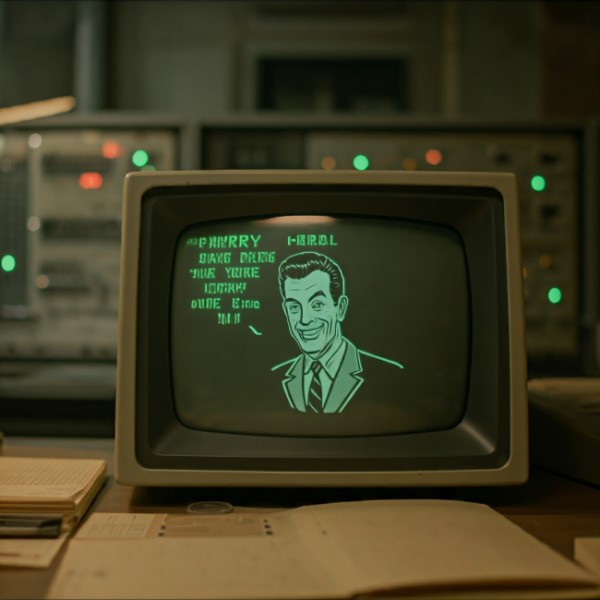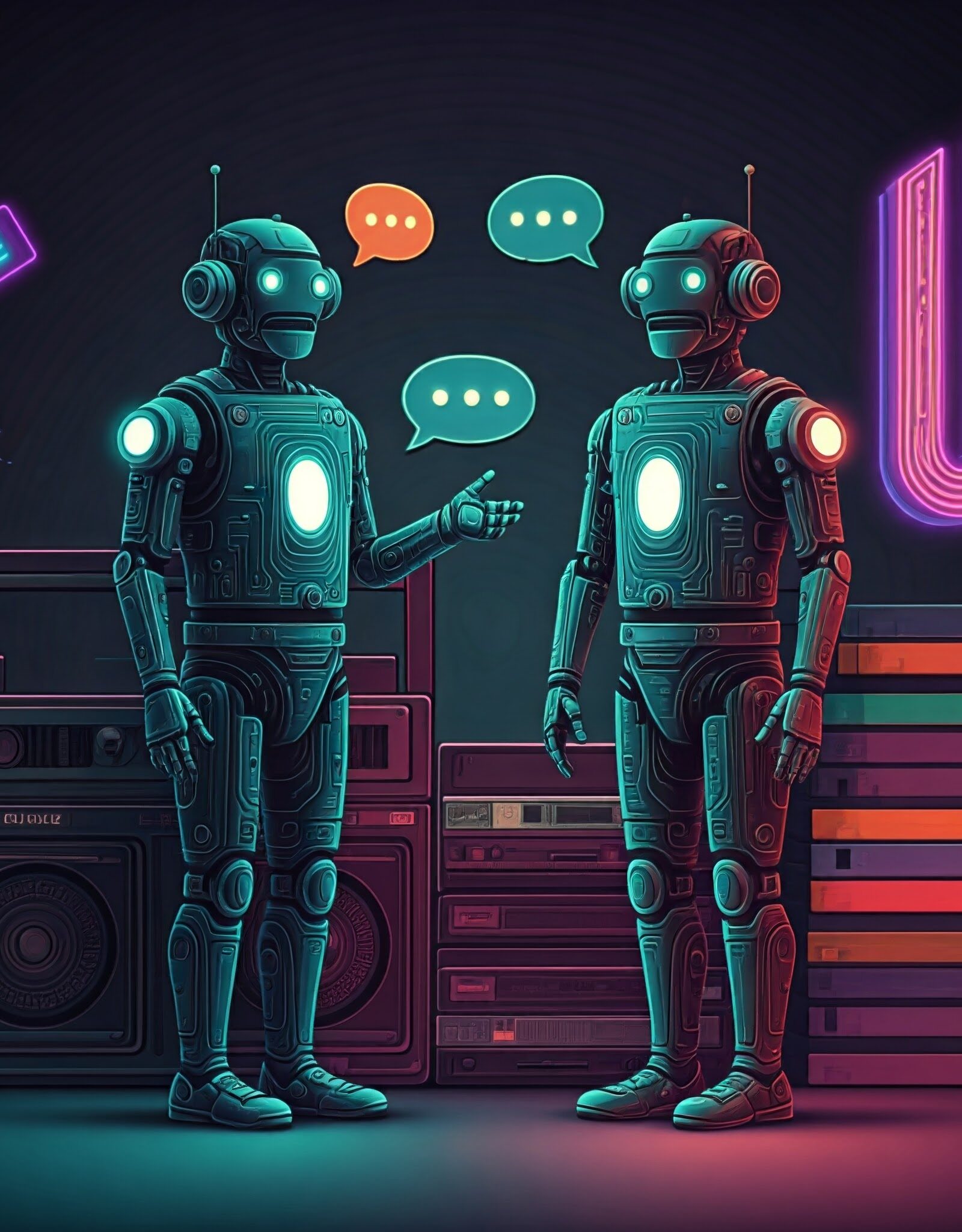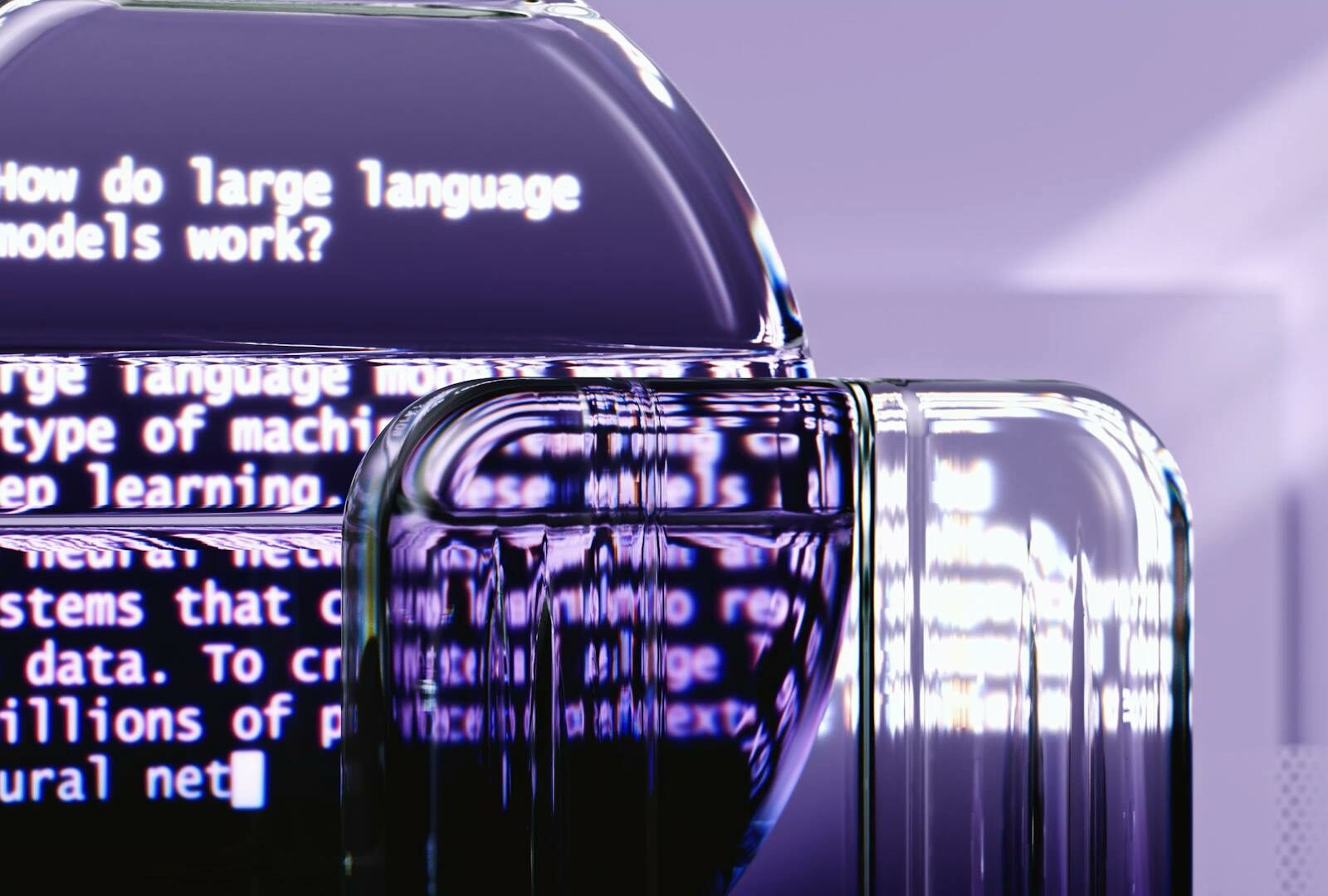
The History of Chatbots: A Timeline of Conversational AI
From ancient Greek myths of talking statues to the modern-day Alexa and Siri, the concept of machines capable of understanding and responding to human language has captivated us for centuries. In recent years, this concept has evolved into AI chatbots, highly sophisticated tools that can read our queries and perform tasks ranging from customer service to automated alerts.
As data analytics and business intelligence (BI) solutions continue to play a crucial role in driving decision-making, AI chatbots are emerging as a valuable asset for the task of data analysis. By leveraging natural language processing (NLP) and machine learning (ML), these chatbots can analyze vast datasets, extract meaningful insights, and provide tailored recommendations.
While the future of AI chatbots in data analysis is exciting, its humble origins are just as interesting. In this blog, we’ll delve into AI chatbots within the data analysis space while also exploring some of the most interesting representations of AI chatbots in pop culture.
When were AI chatbots invented?
The term "chatbot" is a relatively recent addition to our technological lexicon, but the concept of machines that can communicate and interact with humans has been explored for centuries, with many examples of the concept explored in ancient myths (Oracles) and literature. However, it wasn't until the mid-20th century that the first practical attempts to create chatbots were made.
The imitation game
In the 1950s, Alan Turing, a pioneering computer scientist, proposed the "Turing Test" as a way to determine whether a machine could exhibit intelligent behavior indistinguishable from that of a human. Called ‘the imitation’ game by its creator, it was designed to test a machine’s ability to comprehend and exhibit intelligent behavior similar to that of a human, and this test became an influential concept for the development of artificial intelligence (AI) and paved the way for the creation of the first chatbots developed in the 1960s and 1970s. One of the oldest chatbot examples was ELIZA, a program created by Joseph Weizenbaum in 1966. ELIZA was designed to simulate a psychotherapist and could engage in conversations with users by reflecting their statements back to them in the form of questions. ELIZA used a technique known as "pattern matching" to identify keywords in the user's input and then generate appropriate responses based on predefined rules. For example, if the user said "I'm feeling sad," ELIZA might respond with, "Why do you say you're feeling sad?" While ELIZA’s potential responses were relatively simple, it demonstrated the potential for computers to interact with humans in a conversational manner - which, we know, would lead into conversational AI much later.Patients or programs
In the following decades, chatbot technology continued to evolve, with programs becoming increasingly sophisticated and capable of understanding and responding to a wider range of inputs. The 1970s birthed PARRY, a program designed to simulate a paranoid schizophrenic. PARRY was more sophisticated than ELIZA, and it was able to engage in more complex conversations, but was still limited in its ability to understand and respond to the user's input. PARRY was tested by numerous groups of experienced psychiatrists, who tested the program based on a variation of the Turing test. One group analyzed real patients and computers running PARRY through teleprinters, to which the transcripts were then assessed to see if they could pinpoint which were human and which were PARRY, leading to a 52% correct identification.
From NLP to AIML
During the 1980s and 1990s, chatbot technology continued to evolve. New techniques were developed for natural language processing (NLP), which allowed chatbots to better understand the meaning of the user's input. Additionally, advances in machine learning made it possible for chatbots to learn from their interactions with users and improve their performance over time. The development of NLP and machine learning techniques further advanced the capabilities of chatbots, allowing them to engage in more complex and meaningful conversations. One of the most significant developments in chatbot technology during this period was the creation of the AIML (Artificial Intelligence Markup Language) standard. AIML is a language that can be used to create chatbots and define their behavior. AIML-based chatbots can be more flexible and adaptable than earlier chatbots, and they can be used for a wider range of applications. Despite these advances, chatbots in the 1980s and 1990s were still relatively limited in their capabilities. They were often slow to respond, and they could be easily confused by complex or ambiguous inputs. As a result, chatbots were not widely used in real-world applications. It wasn't until the early 2000s that chatbots began to become more widely used due in part to advances in hardware and software, which made it possible to create more powerful chatbots, and the growing popularity of the Internet and mobile devices created new opportunities for such tools.
Despite these advances, chatbots in the 1980s and 1990s were still relatively limited in their capabilities. They were often slow to respond, and they could be easily confused by complex or ambiguous inputs. As a result, chatbots were not widely used in real-world applications. It wasn't until the early 2000s that chatbots began to become more widely used due in part to advances in hardware and software, which made it possible to create more powerful chatbots, and the growing popularity of the Internet and mobile devices created new opportunities for such tools.
The rise of human-like AI
In the 2010s and 2020s, chatbot technology experienced a major breakthrough with the development of deep learning (DL) techniques and large language models (LLMs). Deep learning allows chatbots to learn from massive amounts of data and develop a deep understanding of language, while LLMs are trained on massive datasets of text and code to generate creative text, translating languages, and writing different kinds of creative content. This has led to the creation of consumer-facing chatbot tools that are able to engage in more natural and human-like conversations, paving the way for modern solutions, such as Chat-GPT and Gemini. ChatGPT, developed by OpenAI, has garnered significant attention for its ability to engage in informative and comprehensive conversations across a wide range of topics. Gemini, developed by Google, is another powerful LLM that has been designed for a variety of applications, including content creation, translation, and coding. While both of these tools have only debuted within the last few years, their impact on the way we work, search for answers, and even analyze our data has been significant, and as these models continue to evolve, we can expect to see even more impressive capabilities and applications in the years to come - including in our analytics tools.
Related reading: Decipher the Hype and Reality of ChatGPT for BI and Analytics
ChatGPT, developed by OpenAI, has garnered significant attention for its ability to engage in informative and comprehensive conversations across a wide range of topics. Gemini, developed by Google, is another powerful LLM that has been designed for a variety of applications, including content creation, translation, and coding. While both of these tools have only debuted within the last few years, their impact on the way we work, search for answers, and even analyze our data has been significant, and as these models continue to evolve, we can expect to see even more impressive capabilities and applications in the years to come - including in our analytics tools.
Related reading: Decipher the Hype and Reality of ChatGPT for BI and Analytics